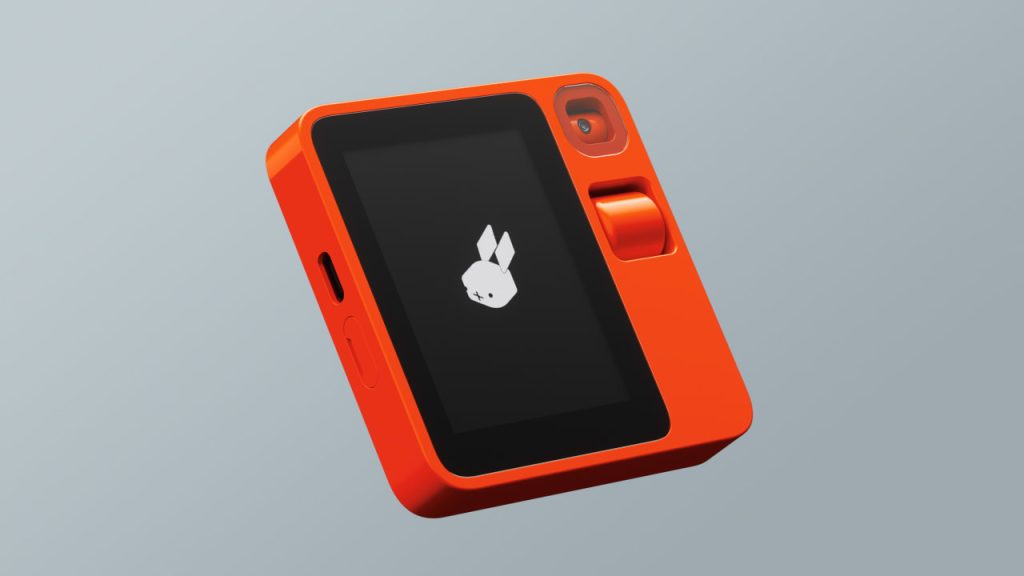 Photo Credits to Fast Company website
[Photo: courtesy of rabbit]
Photo Credits to Fast Company website
[Photo: courtesy of rabbit]
In a move beyond conventional smartphones, the Rabbit 1: Post-Phone AI device which seeks to redefine user experiences in the post-smartphone landscape. Crafted by the Swedish Technology company “Teenage Engineering,” this innovative device, known as R1, is compact, resembling the size of a pack of sticky notes and easily fits into pockets. It leverages the Large Action Model (LAM), a substantial language model developed by Open AI, the creator of ChatGPT, to comprehend users’ spoken requests.
Efficiency in Action
The Rabbit 1: Post-Phone AI device distinguishes itself by striving for a more active and effective form of Artificial Intelligence, overcoming the generative approach seen in traditional applications. The crux of its uniqueness lies in the software—a specialized AI model named Large Action Model (LAM), adept at learning to operate applications on behalf of users.
Swift Execution of Commands
Users can command the R1 to execute a series of tasks like ordering an Uber, selecting music, and notifying colleagues about a potential delay. The AI interacts with relevant applications to seamlessly fulfill these requests.
The Post-Phone Era Vision
In essence, the LAM’s capabilities in coordinating applications propose a post-smartphone experience. Jesse Lyu, the founder and CEO of Rabbit, notes the frustration stemming from the disjointed UX designs of numerous smartphone apps. The Rabbit aims to address this by streamlining user interactions.
Learning from User Sessions
Initially trained by observing thousands of user sessions across various applications, the Rabbit 1: Post-Phone AI device assistant can access applications by utilizing user-provided credentials on their laptop or desktop settings.
Understanding User Intentions
Theoretically, the LAM model can learn to emulate most user actions within apps. According to the company, it “can infer and model human actions on computer interfaces by learning users’ intention and behavior when they use specific apps, and then mimic and perform them both reliably and quickly.” For instance, it can teach a video editor app how to remove watermarks from photos.
Compact Design and Features
Weighing a mere 115 grams and compact in the size of a sticky notes pack, the hand-held Rabbit device sports a 2.88-inch touchscreen. A scroll wheel navigates through informative cards about AI-performed tasks, while a rotating camera serves computer vision functions and facilitates video calls. Boasting Wi-Fi and cellular connectivity, a MediaTek processor, 4GB memory, 128GB storage, USB-C port, and SIM card slot, the R1 guarantees a full day’s battery life. Jesse Lyu anticipates a release by Easter with a price tag of $199.
Inside Telecom provides you with an extensive list of content covering all aspects of the tech industry. Keep an eye on our Intelligent Tech sections to stay informed and up-to-date with our daily articles.